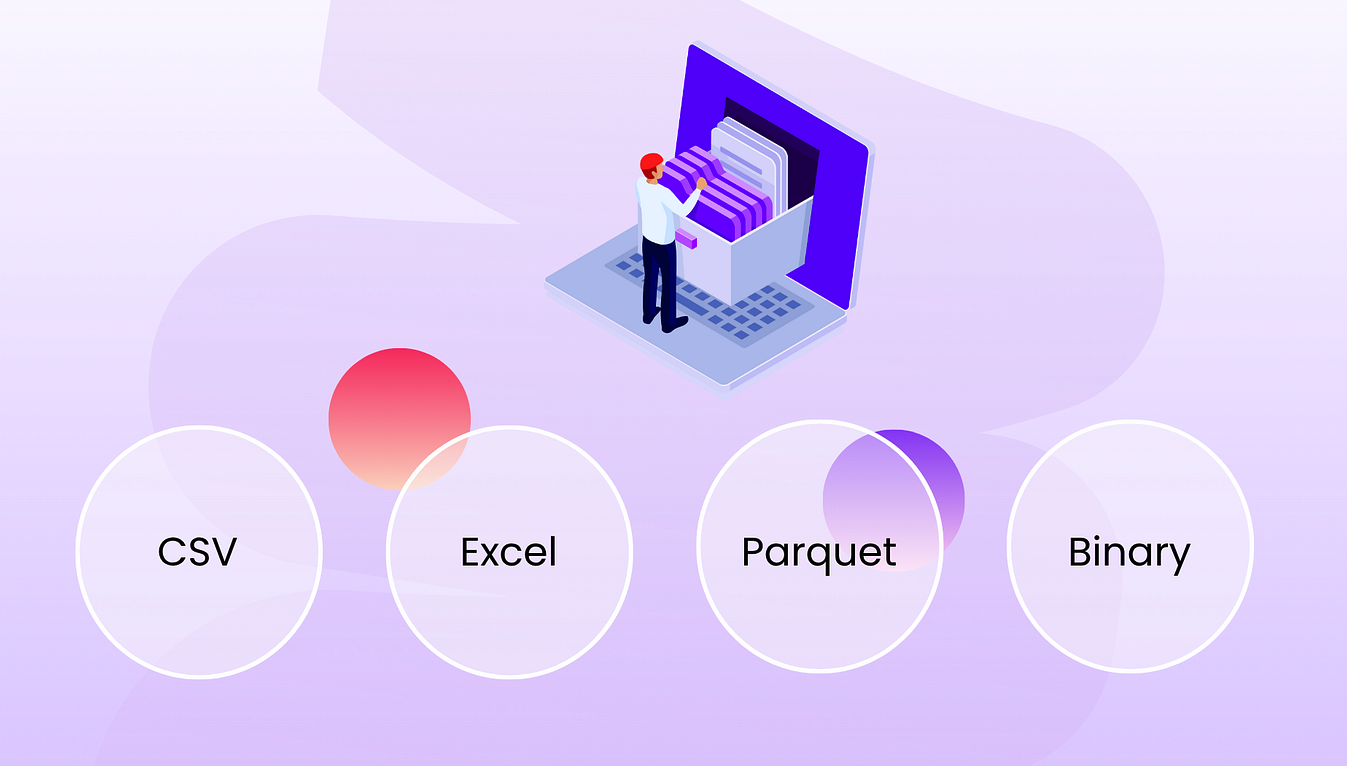When should you use CSV, Excel, or Parquet? At CSV Loader, we often get this question. Each format has unique strengths, and choosing the right one can save time and frustration.
CSV is plain text. It’s lightweight, universal, and human-readable. It works across nearly every platform. The downside? No formatting, no formulas, and no type awareness. Everything is just text.
Excel (XLSX) takes things further. It supports cell formatting, charts, pivot tables, and formulas. This makes it great for business reporting and human-friendly files. But Excel isn’t ideal for large datasets—it’s slower, less portable, and harder for software systems to parse.
Parquet (and its cousins Avro and ORC) are designed for big data. They’re binary, compressed, and optimized for analytics in tools like Spark or Hive. These formats aren’t easy for humans to read, but they save space and power large-scale analysis.
So which format should you choose?
In short: there’s no “best” format—only the best one for your situation. CSV may not always win, but it’s always the most accessible starting point.
CSV is plain text. It’s lightweight, universal, and human-readable. It works across nearly every platform. The downside? No formatting, no formulas, and no type awareness. Everything is just text.
Excel (XLSX) takes things further. It supports cell formatting, charts, pivot tables, and formulas. This makes it great for business reporting and human-friendly files. But Excel isn’t ideal for large datasets—it’s slower, less portable, and harder for software systems to parse.
Parquet (and its cousins Avro and ORC) are designed for big data. They’re binary, compressed, and optimized for analytics in tools like Spark or Hive. These formats aren’t easy for humans to read, but they save space and power large-scale analysis.
So which format should you choose?
- CSV for lightweight data exchange and compatibility.
- Excel for reports and small-scale collaboration.
- Parquet for scalable, cloud-based analytics.
In short: there’s no “best” format—only the best one for your situation. CSV may not always win, but it’s always the most accessible starting point.
